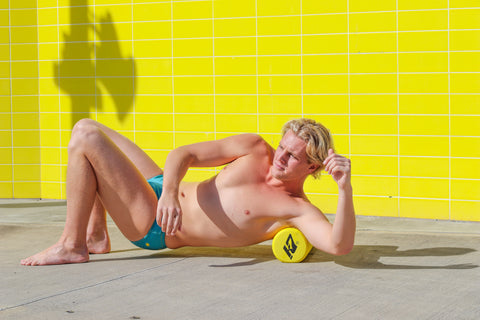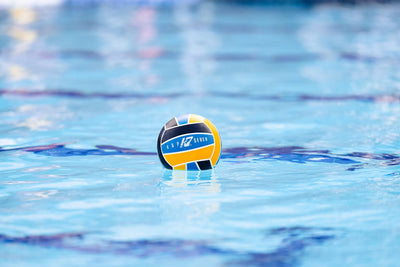As a water polo athlete, a crucial part of your programme is to complete a pre-workout warm-up and post-workout cool-down stretching routine to reduce the risk of injury. In most cases, this is a mix of both static and dynamic stretches. Static stretches are performed by putting the body into a position where the muscle is stretched under tension without any movement. On the other hand, dynamic stretches involve controlled movements of the muscles to their full range of motion. Recent studies indicate that focusing on certain kinds of stretches might result in a higher injury rate than if you don’t. Let’s break down both types of stretches, the best time to perform them, and how they impact overhead athletes like water polo players.

Dynamic stretching
Dynamic stretches are active movements of the muscle without statically holding the stretch at the end position. Bethany Anderson in the Journal of Sport Rehabilitation advises that dynamic stretching is more favourable than static stretching as a warm-up strategy. Specifically, dynamic stretches increase blood flow to the muscle leading to decreased muscle stiffness and positive changes in energy system metabolism. As a water polo athlete, we recommend completing dynamic stretches for your upper and lower body before starting your practice. Here are some examples of dynamic stretching video examples from Criticalbench and MyoFit. Remember to focus on activating muscles in your impact areas instead of bringing them to max flexion.

Static stretching
Static stretching is the most common kind of stretching and involves no movement of muscles once they are under tension. Over the years, static stretching has been the subject of conflicting opinions regarding the right time to perform them, i.e. during a warm-up or cool down. Michael Boyle, an author and strength and conditioning coach, explains that static stretching has gone from being the best way to warm up to now being something that all athletes should avoid. A study conducted by the Federal University of Sao Paulo conclusively confirmed that static stretching before exercise had significant and practical negative acute effects on muscular performance evaluated by their medicine ball throwing test. For water polo players performing static stretches during your warm-up means a decrease in muscle power and a reduction in throwing performance. However, that does not mean static stretching should be removed in its entirety. We recommend static stretching as part of your cool-down routine to help prevent injury. Static stretching has a relaxing and elongation effect on the body that helps reduce muscle stiffness and pain. Here are some examples of static stretching videos from Redefining Strength, Anabolic Aliens and Say Fitness.
In summary, it is vital to complete both static and dynamic stretches when you are training or playing water polo competitively. We recommended completing dynamic stretches involving controlled movements of the muscles during your warm-ups. On the other hand, static stretches are great as part of your cool-down stretching routine to help with lactic acid
reduction and relaxing tight muscles. Take the time to reevaluate your stretching routine and whether you have been doing it right!



